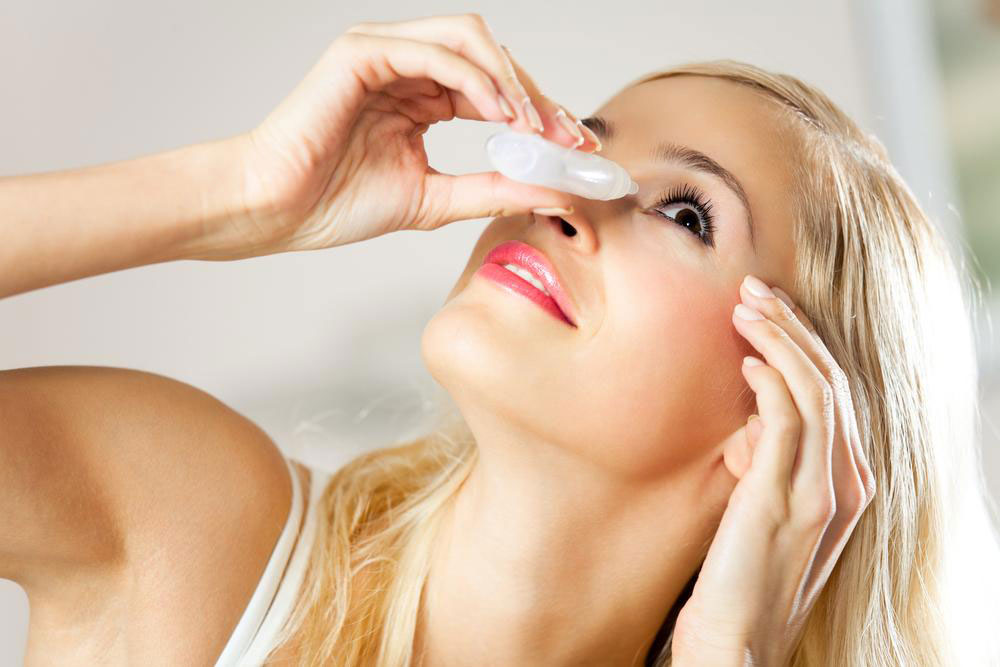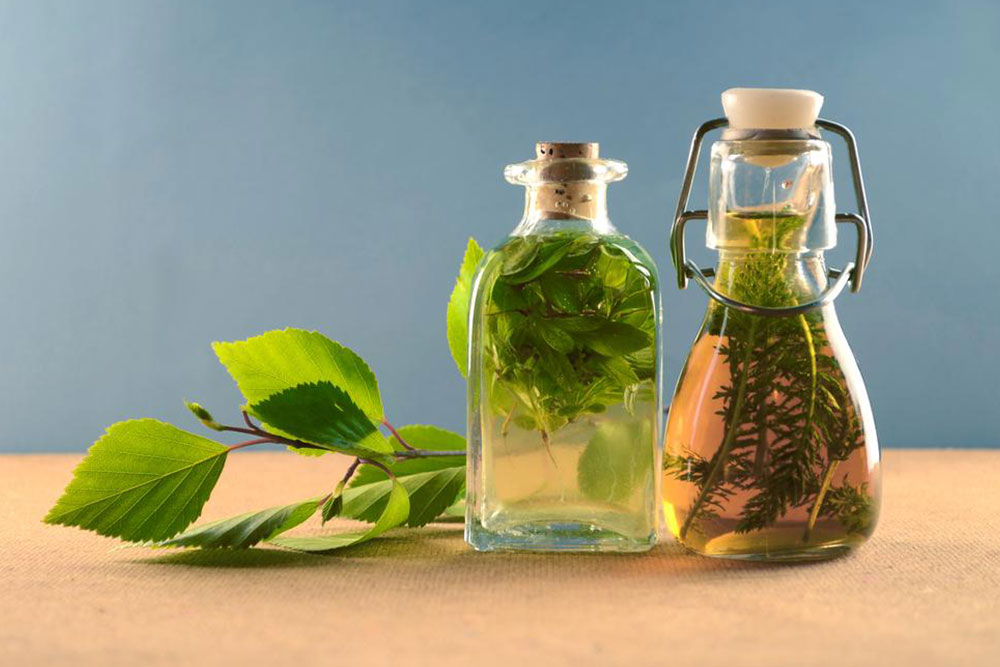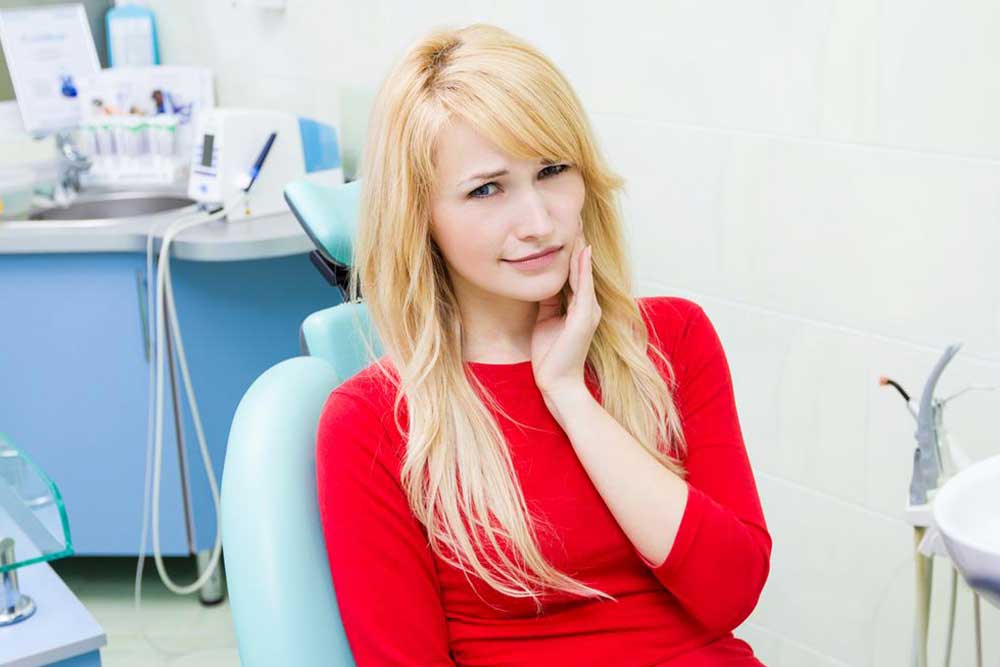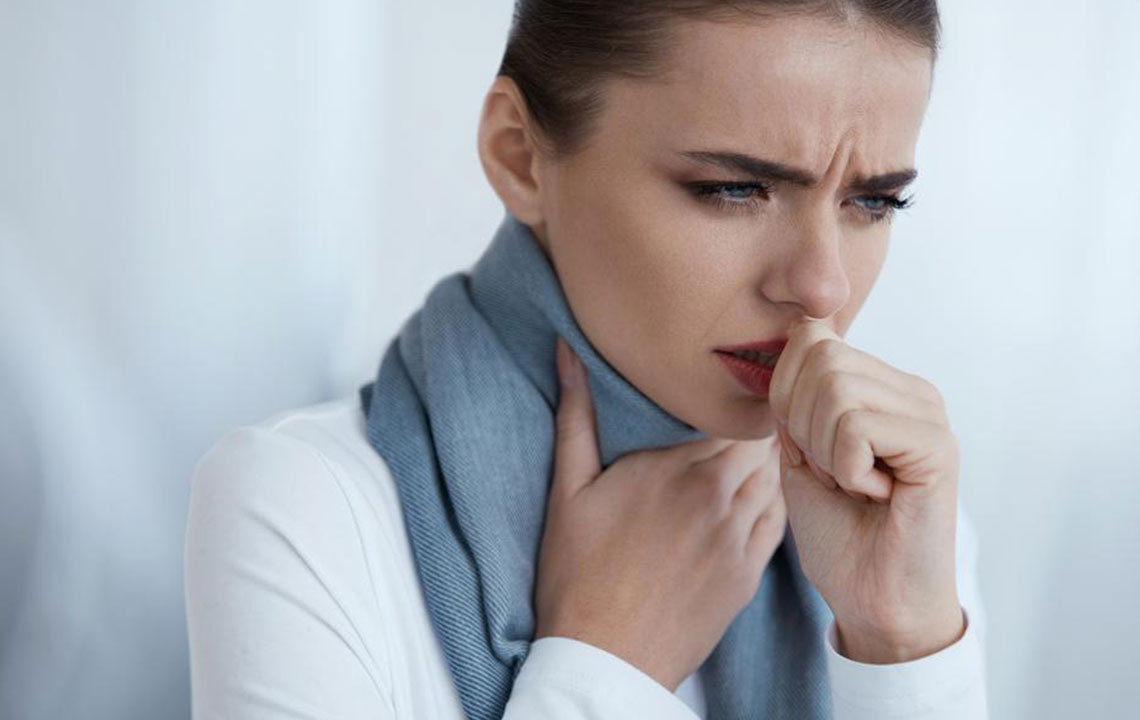Comprehensive Home Remedies for Managing Swollen Knee Bumps Effectively
Discover effective home remedies to treat swollen knee bumps through natural methods like R.I.C.E., gentle exercises, and dietary adjustments. This detailed guide emphasizes safe management strategies, helping reduce inflammation, relieve pain, and improve mobility. Know when to seek medical attention and prevent future knee issues with practical tips.
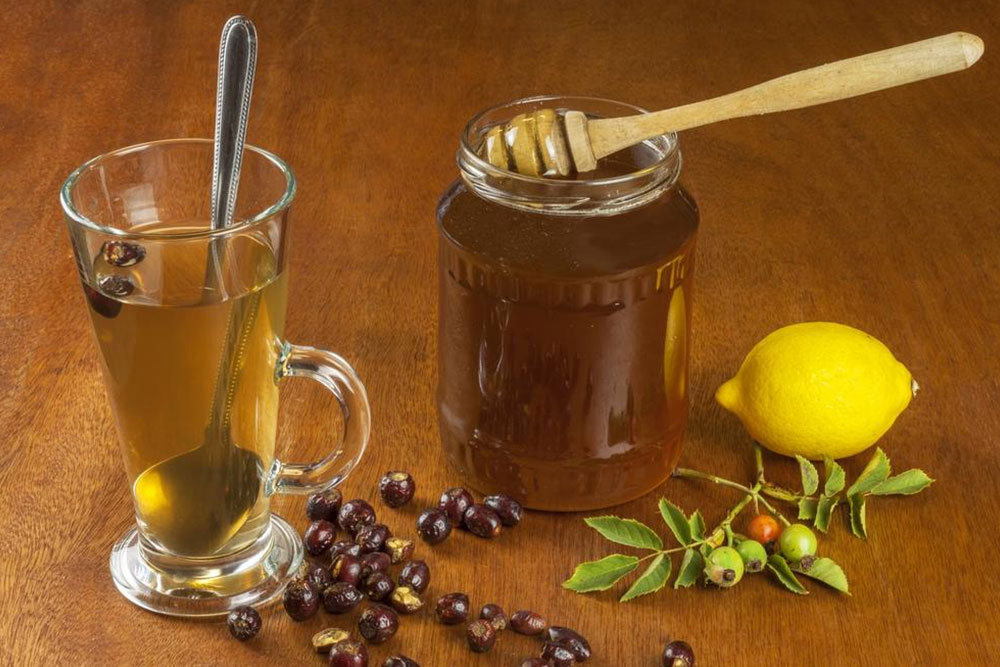
Natural and Proven Strategies to Alleviate Swollen Knee Bumps
Experiencing a swollen bump behind the knee can be concerning, especially when it impairs mobility and causes discomfort. This bump often results from excess joint fluid accumulating due to various underlying conditions. Understanding the nature of this swelling and knowing how to manage it with effective home remedies can significantly improve comfort and aid in recovery. While some cases require medical intervention, many minor instances of swollen knee bumps respond well to simple, natural treatment methods that you can easily perform at home.
In this article, we'll explore the causes, symptoms, and practical home remedies to reduce swelling, alleviate pain, and improve knee function. Remember, if your swelling is persistent, worsening, or accompanied by severe pain, fever, or signs of infection, consulting a healthcare professional is crucial for proper diagnosis and treatment.
Swollen knees can be caused by a variety of issues including injuries, age-related degenerative changes, autoimmune conditions like rheumatoid arthritis, or meniscal tears. The swelling typically appears as a noticeable lump behind the knee, which may be tender or painful to touch, and can impair mobility. Recognizing the underlying cause is crucial to selecting the most appropriate treatment.
In most mild cases, effective home management can help reduce inflammation, ease pain, and improve joint function. Below, we outline comprehensive, easy-to-implement remedies that leverage natural treatments and simple techniques to support your recovery process.
Natural and Practical Home Remedies for Swollen Knee Bumps
Gentle Stretching and Mobility Exercises: Engaging in mild stretching exercises can help prevent stiffness, improve flexibility, and promote better circulation around the knee joint. For instance, while seated or lying down, try to gently stretch your leg by reaching toward your toes or gently bending and straightening the knee without causing pain. Over time, consistent gentle movement can help decrease swelling and increase blood flow, which promotes healing. Consider consulting with a physical therapist for tailored exercises that suit your condition.
R.I.C.E. Method (Rest, Ice, Compression, Elevation): This well-known approach is effective in managing acute swelling. Rest your knee completely, avoiding weight-bearing activities that may worsen the inflammation. Apply an ice pack wrapped in a clean towel to the affected area for 10-20 minutes, three to four times daily, especially during the initial days of swelling. Cold therapy helps constrict blood vessels, reducing fluid buildup. Switch to heat therapy after swelling diminishes to relax muscles and improve circulation. To provide gentle compression, wrap the knee with an elastic bandage, but ensure it’s not too tight to impede circulation. Elevating the leg above heart level on a pillow helps drain excess fluid and decreases swelling.
Over-the-Counter Pain Medications: Non-steroidal anti-inflammatory drugs (NSAIDs) such as ibuprofen or naproxen can significantly reduce pain and inflammation. Acetaminophen (paracetamol) may also be used for pain relief. Always follow dosing instructions and consult a healthcare provider if you have concerns or if your symptoms persist or worsen despite home treatment.
Anti-inflammatory Diet and Supplements: Incorporating foods rich in anti-inflammatory properties, such as turmeric, ginger, omega-3 fatty acids (found in fish like salmon or supplements), can be beneficial. Maintaining a balanced diet helps support joint health and reduces inflammation.
Maintain a Healthy Weight: Excess body weight places additional stress on the knee joints, exacerbating swelling and discomfort. Implementing a healthy diet and regular moderate exercise can help manage weight and reduce knee strain.
Massage and Gentle Manipulation: Light massage around the knee can improve circulation and reduce stiffness. Use gentle strokes with your fingers or a soft massage tool, and consider consulting a physical therapist for techniques that might benefit your specific condition.
Avoiding Aggravating Activities: Reducing activities that put pressure on the knee, such as running, jumping, or heavy lifting, can prevent further injury and swelling. Rest is essential during the acute phase of swelling.
When to Seek Medical Help
While many minor cases of swollen knee bumps can be effectively managed at home, it’s important to recognize warning signs that warrant professional medical attention:
Severe pain that doesn’t improve with rest or medication
Significant swelling that continues to grow
Inability to bear weight or walk properly
Presence of fever, redness, or warmth indicating possible infection
Blood in the joint or sudden, sharp pain
If any of these symptoms occur, consult a healthcare provider promptly for diagnosis and appropriate treatment, which may include physical therapy, medication, or other interventions.
This comprehensive guide helps you understand how to effectively manage swollen knee bumps at home using natural remedies and simple techniques. Remember, patience and consistency are key, and professional medical advice should be sought for persistent or severe symptoms.
